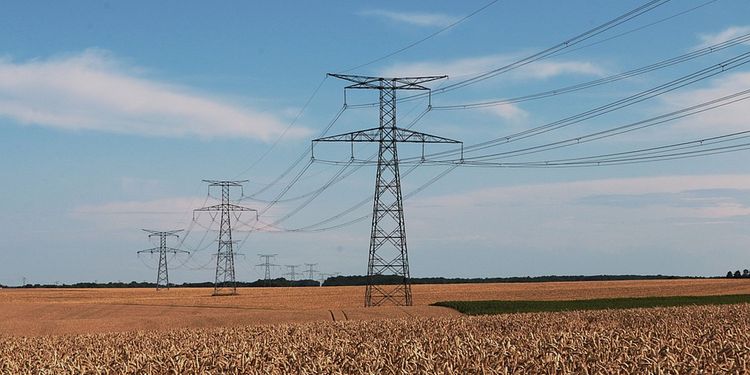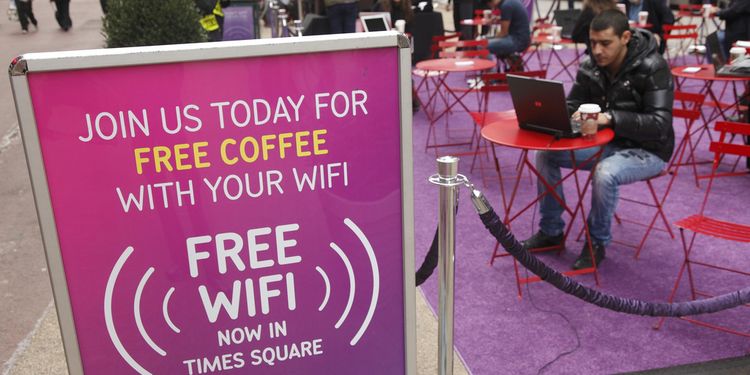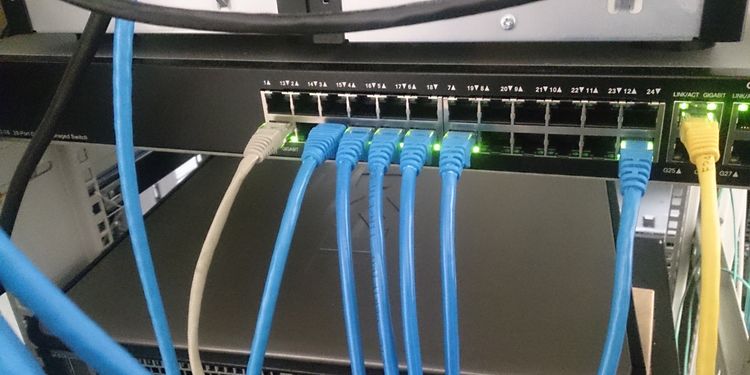Is WiFi Truly Dangerous?

It’s hard to believe that electricity didn’t become widely available in people’s homes until the 1930s, and even then, it was mostly just in urban areas. It would still be another couple decades before many areas enjoyed what we all take for granted.
Nowadays, it seems like just about everything we use needs electricity: all of our appliances, electronic gadgets, and anything running on a battery (like a cell phone).
Electromagnetic radiation at the high or “ionizing” end of the spectrum (ultraviolet rays, x-rays, and gamma rays) can have devastating effects over time, because they disrupt cell function and damage DNA. We’ve known this for a while, and it’s why you have to wear those heavy jackets when you get an x-ray done.
What people are wondering about now are the long-term health effects of the supposedly safe non-ionizing radiation found in most homes. As it turns out, there’s mounting evidence that even non-ionizing electromagnetic radiation may be hurting us.

Where’s That Radiation Coming From?
Any time you move electricity around and use it in a device or appliance, electromagnetic fields (EMFs) are created. These vary widely in their intensity; at the very low end of the spectrum are computers and power lines, then radio waves (which includes all television and radio broadcasting, as well as mobile phones). Next up from there are microwaves, microwave ovens, WiFi, and remote controls.
If computers, televisions, radios, mobile phones, WiFi systems, and anything else that uses electricity are producing EMFs, you must be bathed in them 24/7, right? That’s true for many people, especially if you have WiFi in your home, because you probably just leave it on all the time.
Now think about how many places you go that offer free WiFi. Add all that up and it’s actually pretty hard to get away from just WiFi, let alone all EMFs entirely!

What’s That Radiation Doing to You?
Let’s start off with the effects of WiFi on children. If you have WiFi at home that you leave on and then there’s WiFi at their school, then your kids are pretty much in a WiFi EMF 24/7. Cell phones are typically used only intermittently, but WiFi is always emitting its electromagnetic radiation as long as it’s on, whether you’re actually using it or not.
WiFi systems in schools are especially troubling, because they tend to operate at higher wattage than home systems because they are designed to penetrate through thick walls, cement, and brick. The systems installed in schools are considered “safe” by FCC standards, but the only thing they test for are the thermal effects of the power, not all the non-thermal effects such as the frequencies, amplitude, pulsing, signal characteristics, and so on.
It may not be in the media headlines as much as it should be, but there are schools across North America that have installed powerful WiFi systems only to discover that an increasing number of students are reporting feeling unwell. Their symptoms vary widely, because different people are more or less sensitive to the EMFs, but reports are trickling in of headaches, dizziness, nausea, feeling faint, pulsing sensations or pressure in the head, chest pain or pressure, weakness, fatigue, difficulty concentrating, and racing or irregular heartbeat accompanied by feelings of anxiety.

Even more worrying is how WiFi radiation can make you much more susceptible to all kinds of other toxic exposures in your environment. There’s mounting evidence that WiFi radiation pokes holes in the blood-brain barrier, which means more of the toxins in your blood will end up directly in your brain.
WiFi radiation also messes with your sleeping patterns, which isn’t good for children or adults. Deep sleep is when memories are consolidated and your brain cleans out toxins. WiFi radiation decreases both deep sleep and REM sleep and alters circadian rhythms. Reducing wireless exposure will improve sleep and overall brain health.
The World Health Organization’s International Agency for Research on Cancer has classified the radiation from both cell phones and WiFi as a Class 2B “Possible Carcinogen.” Since these technologies are still relatively new, we simply don’t have the accumulated research yet that explores the long-term effects. And let’s face it, everyone has become so dependent on cell phones and WiFi that most people don’t even want to consider the possibility that they might increase your risk of cancer.

So, What Do You Do About Radiation?
It might be annoying, but one simple thing you can do with Internet access is ditch the WiFi entirely and go with hard-wired connections, which emit much less electromagnetic radiation. It would also be much better if this was done in schools, since developing children are always more susceptible to the negative effects of these technologies. You don’t have to give up electronics, just go about using them in ways that minimize the exposure.
If you’re not willing to give up your WiFi, then at least unplug it when you know you’re not going to need it, and especially when you go to bed. That alone will save you hours and hours of daily exposure.

Summary
No one wants to really think about the dangers of WiFi because it’s so very useful, but if you want to protect yourself and your children from the many potential negative consequences mentioned above, when in doubt, switch to hard-wired Internet connections. If you keep your WiFi, unplug it when it’s not being actively used. When it’s your health and the health of your children at stake, wouldn’t you rather err on the side of safety?
